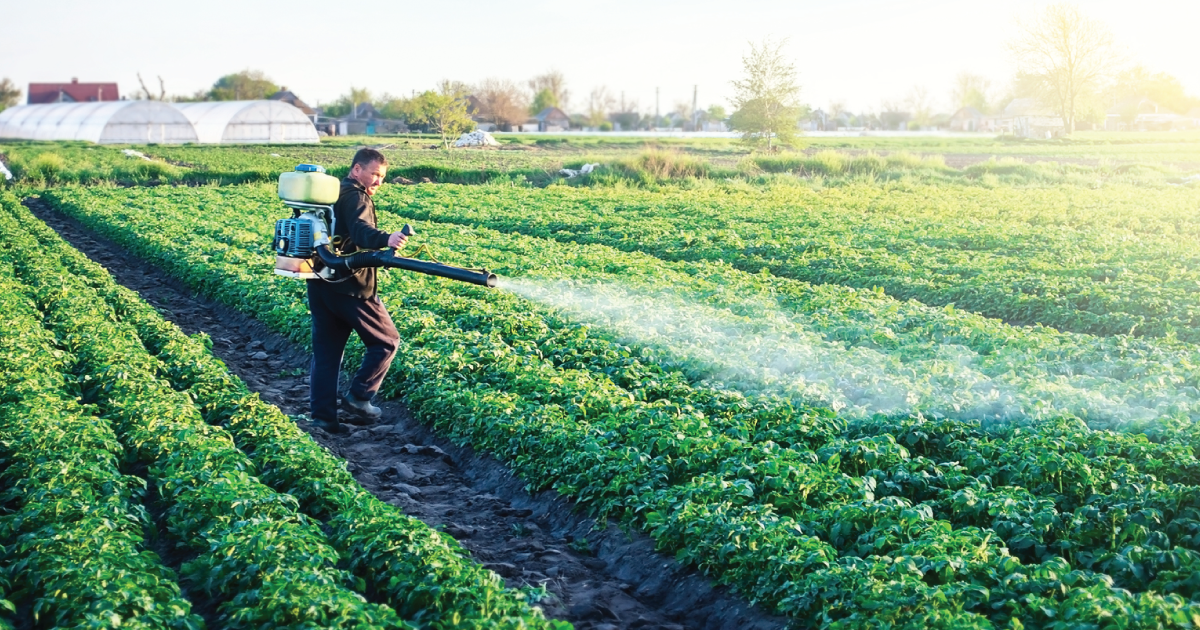
Roundup Causes High Levels of Mortality Following Contact Exposure in Bumble Bees
Bees provide the crucial ecosystem service of pollination, but are under threat, with 37% of EU bee species with known trends exhibiting population declines. One apparent cause of these declines is pesticides. Pesticide usage is pervasive, with 4.1 billion kilograms of active ingredient applied globally in 2017, nearly double the amount used in 1990.
April 6, 2021 | Source: Journal of Applied Ecology | by Edward A. Straw, Edward N. Carpentier, and Mark J. F. Brown
Indroduction
Bees provide the crucial ecosystem service of pollination (Potts et al., 2016), but are under threat, with 37% of EU bee species with known trends exhibiting population declines (Nieto et al., 2014). One apparent cause of these declines is pesticides (McArt et al., 2017; Rundlöf et al., 2015; Woodcock et al., 2016). Pesticide usage is pervasive, with 4.1 billion kilograms of active ingredient applied globally in 2017, nearly double the amount used in 1990 (FAOSTAT, 2019). Pesticides have received significant attention from the public and policymakers due to their apparent detriment to non‐target organisms, such as pollinators, but this attention has largely focused on insecticides. A recent systematic review found that only 29 studies had tested the effects of herbicides on bees (Cullen et al., 2019). Additionally, research into herbicides relative to insecticides is disproportionate to their usage, with, for example, 24 times more herbicide applied in the United Kingdom than insecticide in 2018 (FERA, 2019).
